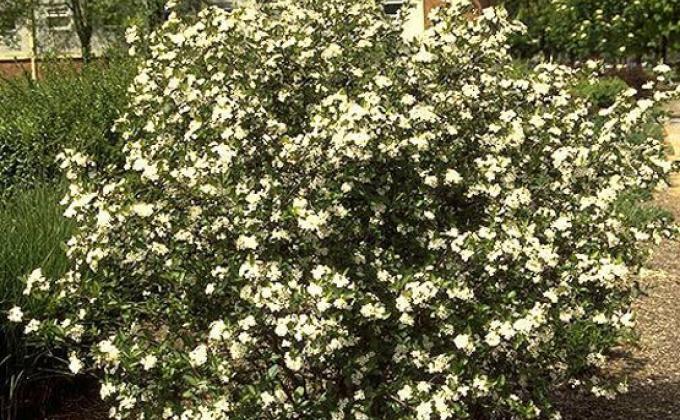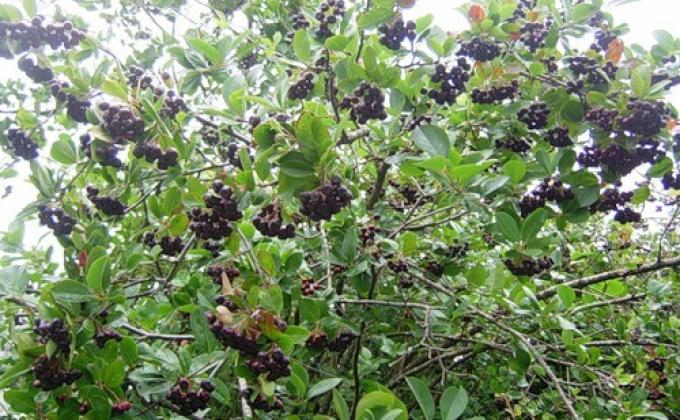
The homeland of aronia is North America. It is cultivated in Russia and on the territory of the former USSR as a food, medicinal and ornamental plant.
It lives in the eastern regions of North America. In the USSR it was introduced into culture by I. V. Michurin; it is widespread in industrial and household gardens of the European part of the former USSR (the Baltic States, northern, north-western and central regions of Russia), in Siberia, in the Altai.
Chokeberry (aronia) is a low, dense shrub from the Rosaceae family, 1.5—2 m high. The leaves resemble cherry leaves in shape, but are more shiny. The flowers are of the fifth type, white or pink, in corymbose inflorescences. The fruits are large, black, with a bluish bloom, 6-15 mm in diameter, juicy, collected in clusters. Blooms in June — July, the fruits ripen in late summer — early autumn. This plant is almost not susceptible to diseases.
Ripe fruits of aronia are used for food. The taste of chokeberry berries is pleasant sour-sweet, tart and viscous. Black-rowan juice has a dark ruby color.
The chemical composition of aronia fruits-
- a lot of vitamin P, ascorbic acid,
- sugar (up to 9.5 ,
,
- organic acids,
- carotene,
- a lot of iodine,
- flavonoids,
- antacians.
In terms of acid content, the fruits of mountain ash are significantly superior to tangerines, strawberries, raspberries, red currants. Vitamin P in it is more than in other types of mountain ash.
Chokeberry is a concentrate of vitamin R. The plucked fruits of mountain ash do not spoil for a long time, since they contain substances that suppress the reproduction of microbes.



